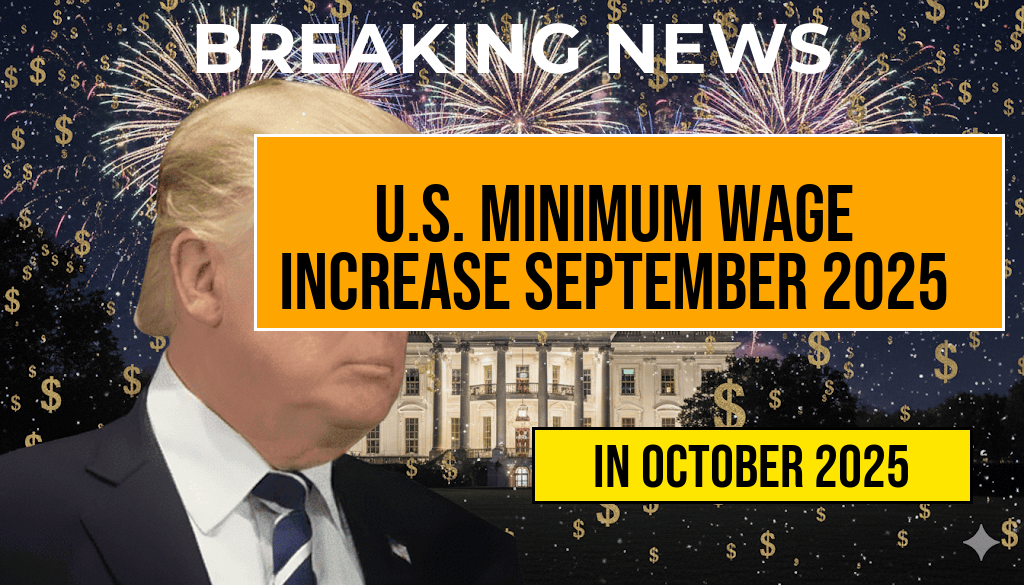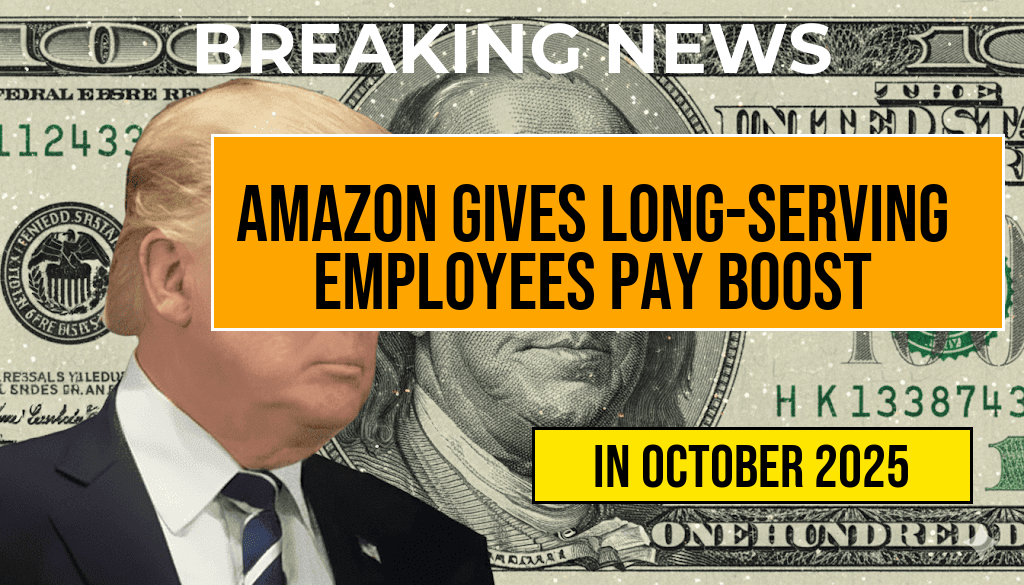The ongoing government shutdown has introduced a stark divide within the Social Security system, creating a situation where established beneficiaries continue to receive their payments without interruption, while new applicants face significant delays. This unprecedented scenario stems from recent funding lapses that have disrupted administrative operations essential for processing new claims. As a result, millions seeking initial Social Security benefits are encountering a complete hold-up, leaving many in financial limbo. Meanwhile, those already enrolled in the program are assured of their monthly stipends, highlighting a growing disparity within the social safety net. The shutdown’s ripple effects extend beyond administrative hurdles, raising concerns about the long-term stability of Social Security services and the potential impact on vulnerable populations relying on these crucial benefits.
Disruption in Social Security Administration Operations
The federal government’s funding impasse has led to a partial shutdown of the Social Security Administration (SSA), affecting the agency’s capacity to process new benefit applications. While the SSA continues to disburse payments to existing beneficiaries, its ability to handle new claims, appeals, and some administrative tasks has been severely constrained. This operational pause results from a lack of federal funding necessary for staffing and infrastructure, forcing the agency to limit its activities solely to critical, ongoing payments.
Established Beneficiaries Remain Secure
Individuals already receiving Social Security benefits, including retirement, disability, and survivor benefits, are largely unaffected in terms of their scheduled payments. The SSA has prioritized these disbursements, ensuring that beneficiaries do not experience delays or disruptions. This approach provides a safety net for seniors and disabled individuals, who rely heavily on these payments for essential expenses. However, the stability for current recipients contrasts sharply with the uncertainty faced by those attempting to access the system for the first time.
New Applicants Face Complete Hold-Up
For prospective beneficiaries, the shutdown has created an insurmountable barrier. The SSA’s reduced staffing and suspended processing of new claims mean that thousands of Americans seeking to initiate Social Security benefits are left in limbo. This includes individuals applying for retirement benefits, disability claims, or survivor benefits. Many of these applicants have experienced extended wait times, with some reports indicating delays of several months before their applications are even acknowledged.
Impact on Vulnerable Populations
The shutdown’s effects ripple through vulnerable segments of the population, including seniors nearing retirement age, disabled individuals awaiting benefits, and families dependent on survivor payments. For many, the inability to access new benefits compounds financial stress, especially as costs for healthcare, housing, and daily necessities continue to rise. Advocates warn that prolonged delays could have serious repercussions on the well-being of these populations, emphasizing the importance of uninterrupted social safety nets.
Government Response and Contingency Plans
Federal officials have acknowledged the operational challenges posed by the shutdown. While the SSA has maintained payments to current beneficiaries, it has also prioritized critical functions and emergency services. Some lawmakers and agencies are exploring options to mitigate the impact, including potential temporary funding measures or special legislative provisions to expedite processing of urgent claims. Nevertheless, the overall picture remains bleak for new applicants, who face an uncertain wait period that could extend into months.
Broader Implications and Future Outlook
| Aspect | Effect |
|---|---|
| Existing beneficiaries | Payments continue uninterrupted |
| New applicants | Complete processing hold-up |
| Administrative capacity | Reduced, limited to critical functions |
| Potential long-term consequences | Delayed access and increased financial hardship for new claimants |
The ongoing shutdown underscores vulnerabilities within the social safety net infrastructure, prompting calls for legislative action to prevent future disruptions. Experts warn that unless funding is restored promptly, the gap between current beneficiaries and new applicants will widen, risking a breakdown in the timely delivery of benefits. As lawmakers debate solutions, affected individuals and advocacy groups continue to pressure for measures that safeguard all stages of Social Security processing.
For further insights into how government shutdowns impact federal agencies and social programs, resources such as Wikipedia’s article on U.S. government shutdowns and Forbes coverage on shutdown effects offer detailed analyses.
Frequently Asked Questions
What is the impact of the government shutdown on existing Social Security beneficiaries?
Established Social Security recipients continue to receive their benefits without interruption during the government shutdown.
How does the shutdown affect new Social Security applicants?
New applicants for Social Security benefits face a complete hold-up, leading to delays in processing and receiving their benefits.
Will existing Social Security recipients experience any disruptions during the shutdown?
No, existing beneficiaries are securely protected and will continue to receive their benefits without disruption.
What causes the segregation of Social Security recipients during the shutdown?
The segregation occurs because funding restrictions during the shutdown prioritize current benefit payments while halting new applications.
Are there any steps new applicants can take during this period?
Currently, new applicants cannot process their claims until the government reopens, but they can stay informed through official Social Security channels for updates.








